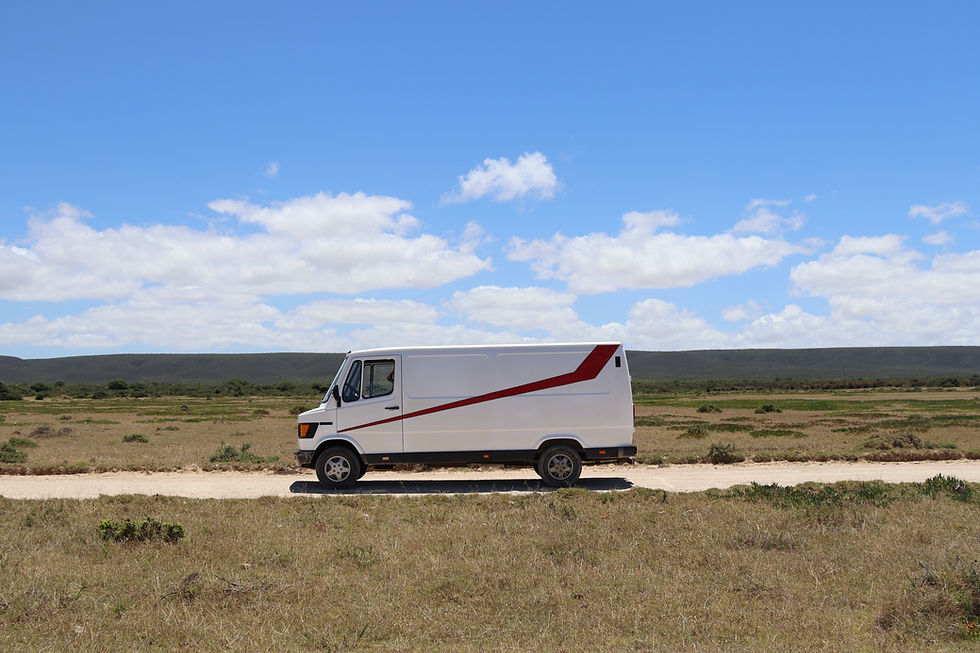Learn The Waves
- Michael Theo

- Dec 14, 2022
- 2 min read
We created a new page on our website with the following tips to learn the waves.

Recognizing Rip Currents:
Waves bring water in, rips take water out.
Usually rips have discoloured sandy water moving diagonally or straight out.
Surfers use the rips to get to the backline easily.
If in a rip, don’t panic and swim or paddle to the side or sit and enjoy the ride.
Reading Sets:
Set waves are bigger swells that come in a set of around 7.
The time in between sets we call the ‘Lull’.
Sets usually break further out than the smaller waves during the lull and sometimes you even get freak set waves which are much bigger than the average wave that day.
Keep an eye for the set waves and go for it, positioning yourself at a good depth to be able to paddle on nicely to the wave.
Reading the Waves:
Waves are created by deep sea wind storms and flow in a pattern as they travel towards the land.
Either the waves are close together, having a shorter ‘period’, measured in seconds, or they have a longer period. Short = smaller, long = bigger waves.
When the wave arrives in a bay or along the coast they hit the shallows and throw over into a breaking wave.
You get hollow waves, spilling waves and rolling waves.
Waves break down points of land, on sandbanks, rocks or reefs.
Usually you are able to ‘read the waves’ by observing where the peak (high point) of the wave is continually breaking, on the same spot.
This is where you want to sit to catch the best waves, on the spot.
If you’re not as experienced to sit on the spot, it’s also cool to sit on the shoulder to get onto the wave. Make sure you always check your inside to not drop in on any other surfer.
Reading the Tides:
The tide changes each day, two lows and 2 highs. 6 hours apart, changing time each day
Certain wave breaks need a low or high tide.
On a low tide the water is shallow that the wave breaks on and can be more dangerous, as water can begin to ‘suck up’, exposing dry reef, rocks etc.
On a high tide the coastal landscape can change and paddling conditions may change.
Surf conditions can deteriorate as the tide changes, it’s good to time your surf with the tide that works for that wave.
Staying Safe in the Waves:
Diving under a wave as it approaches helps avoid feeling the full force of the wave.
Avoid being caught in the impact zone!
The impact zone is where the waves are breaking on the sandbank or reef.
Know your abilities, always observe the conditions before getting in the water.
Take into account the wind as well as the wave size, the tides, rips and rocks.




Comments